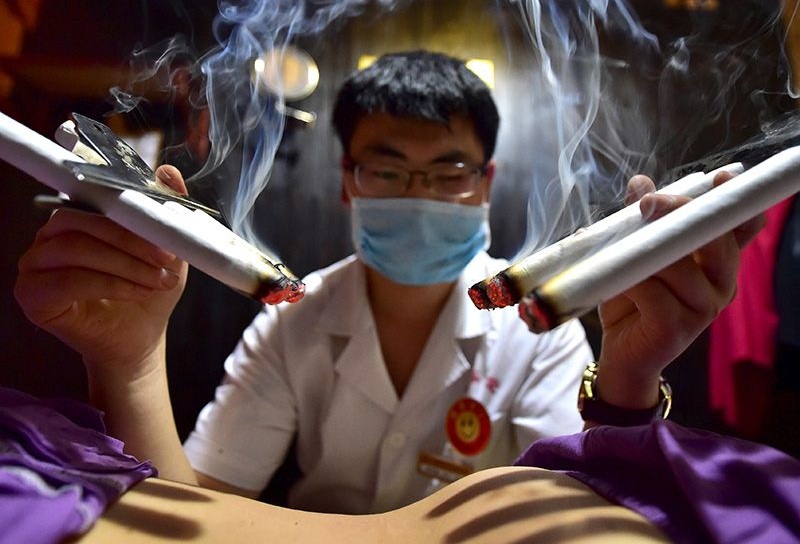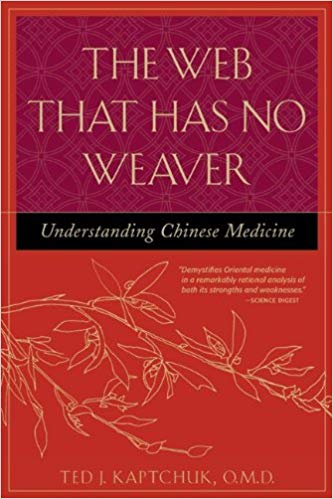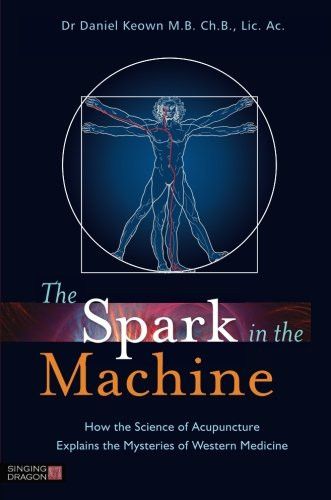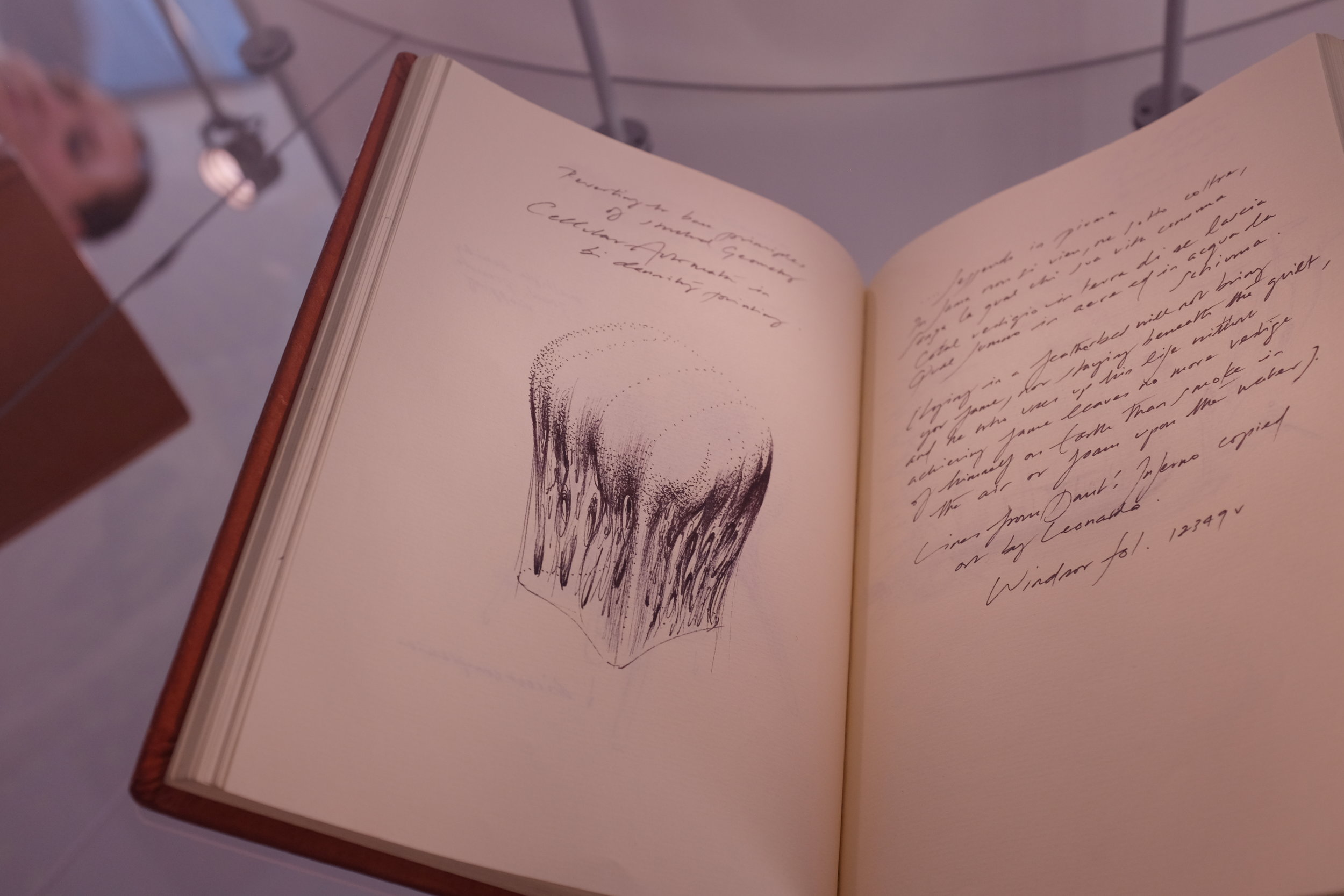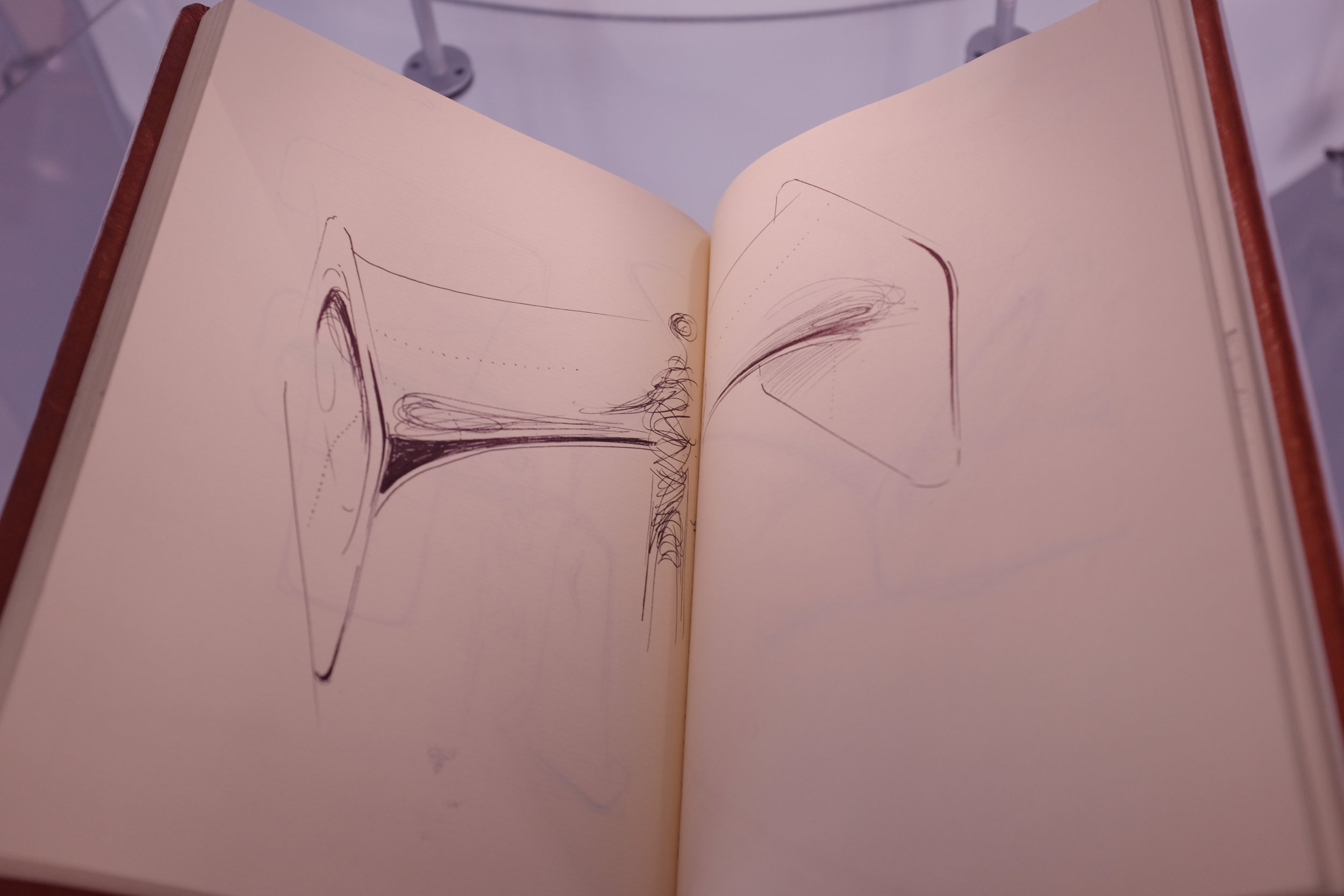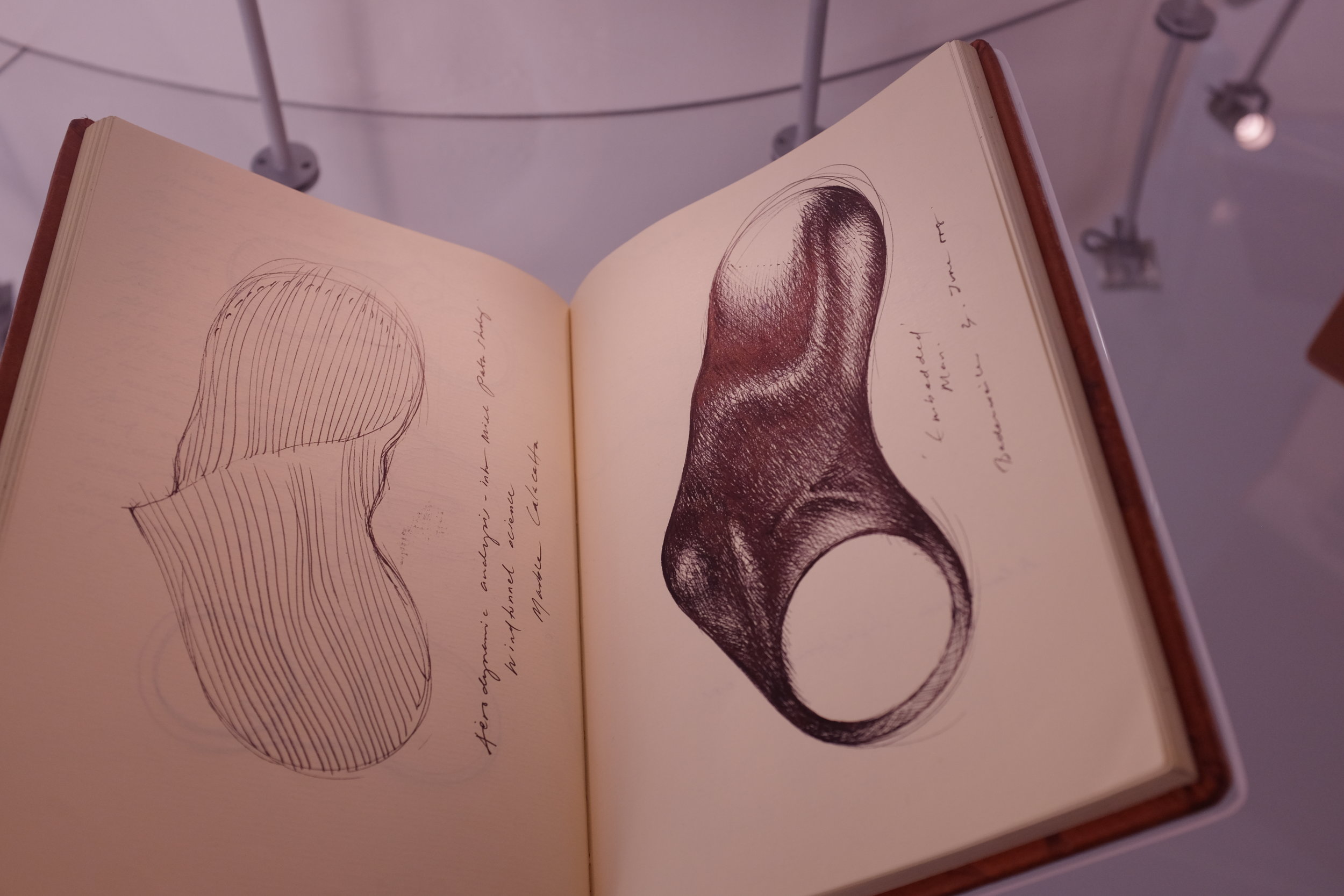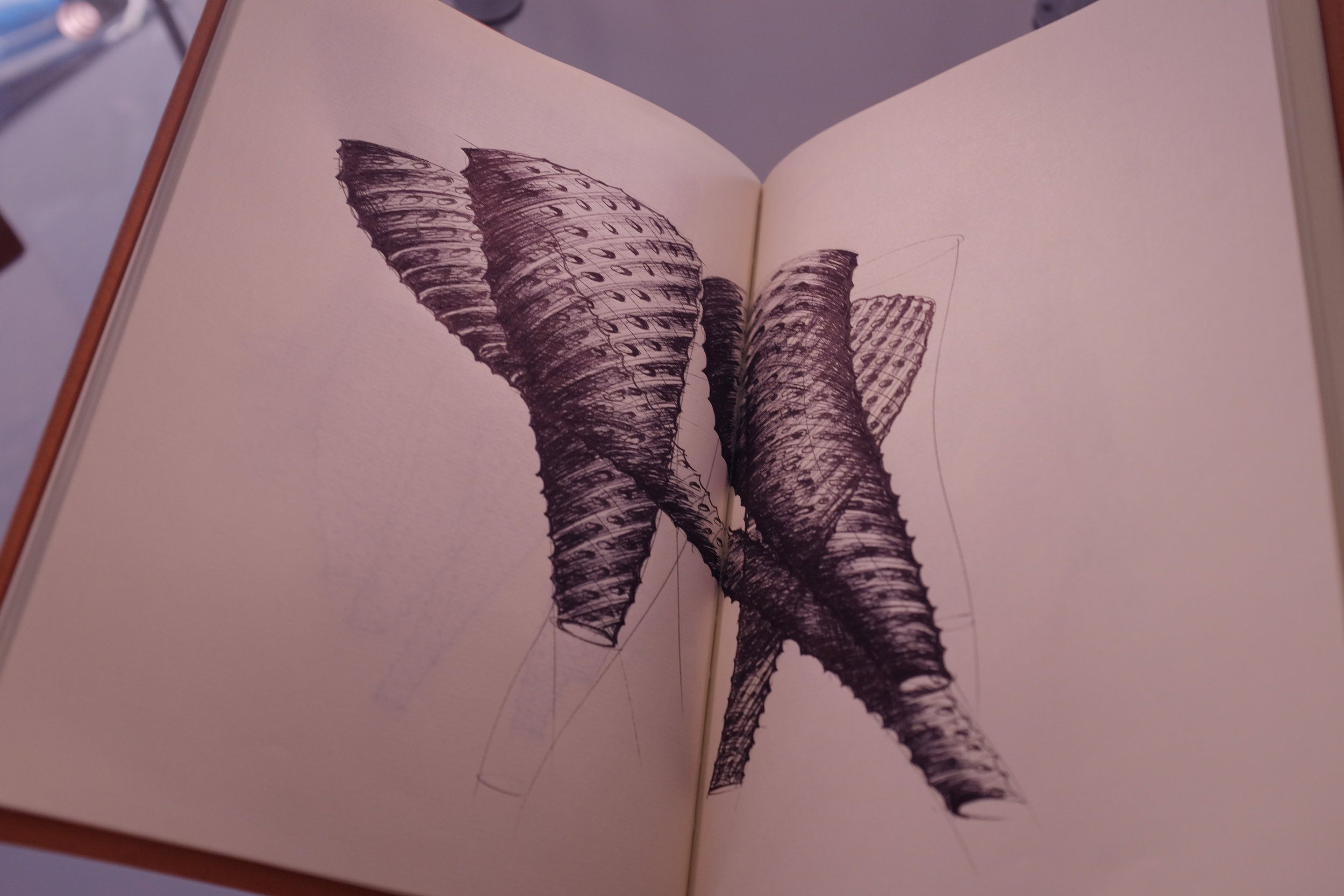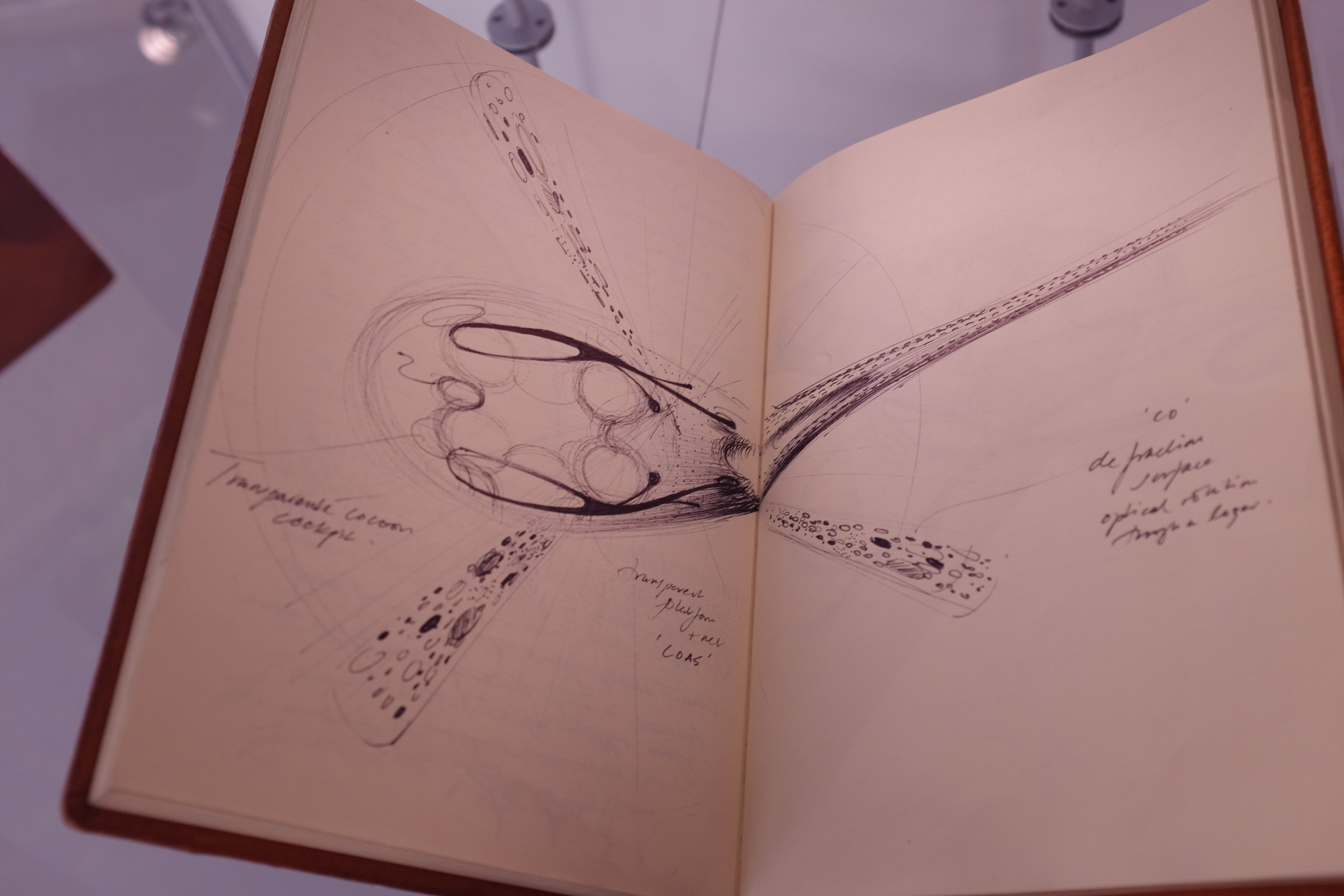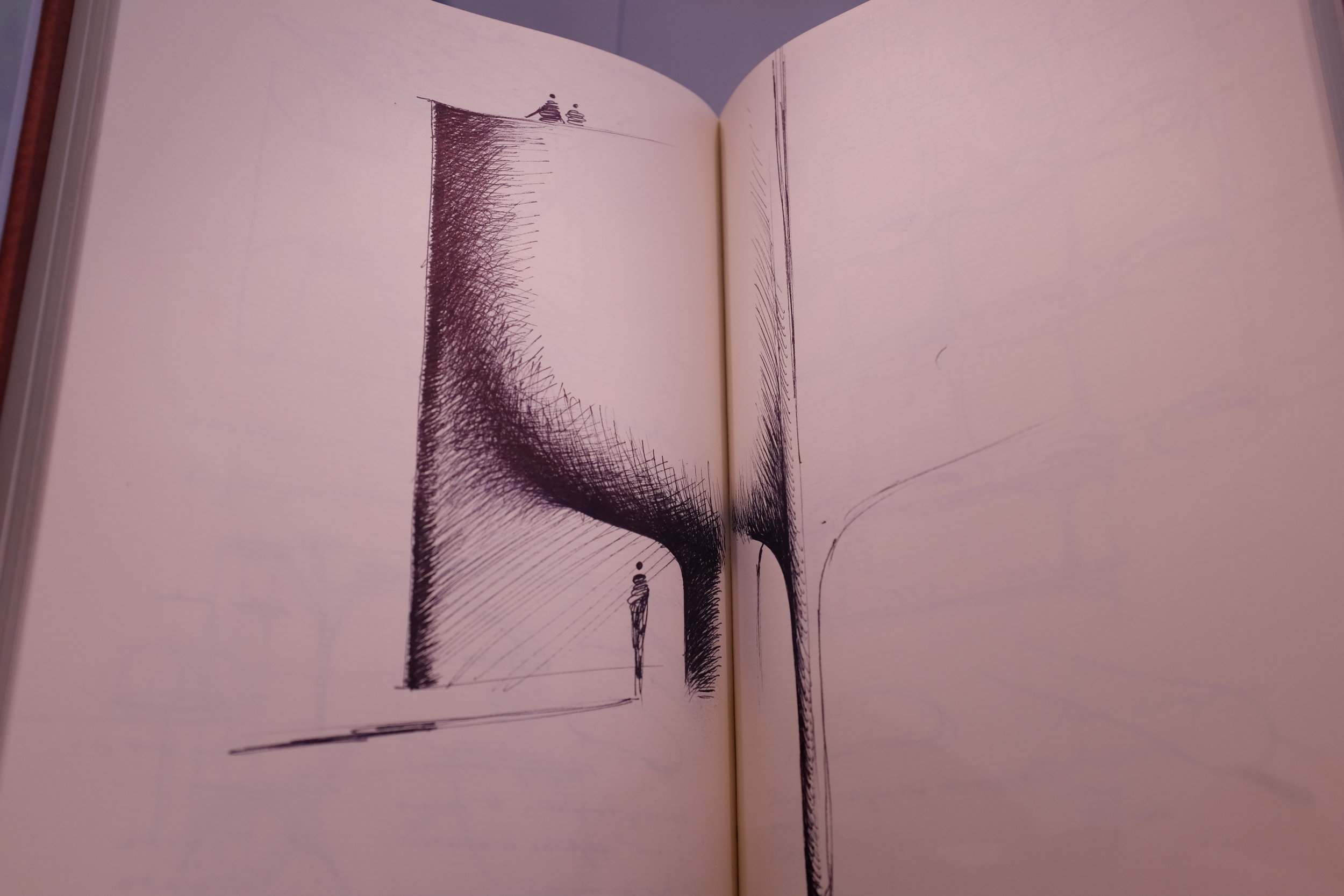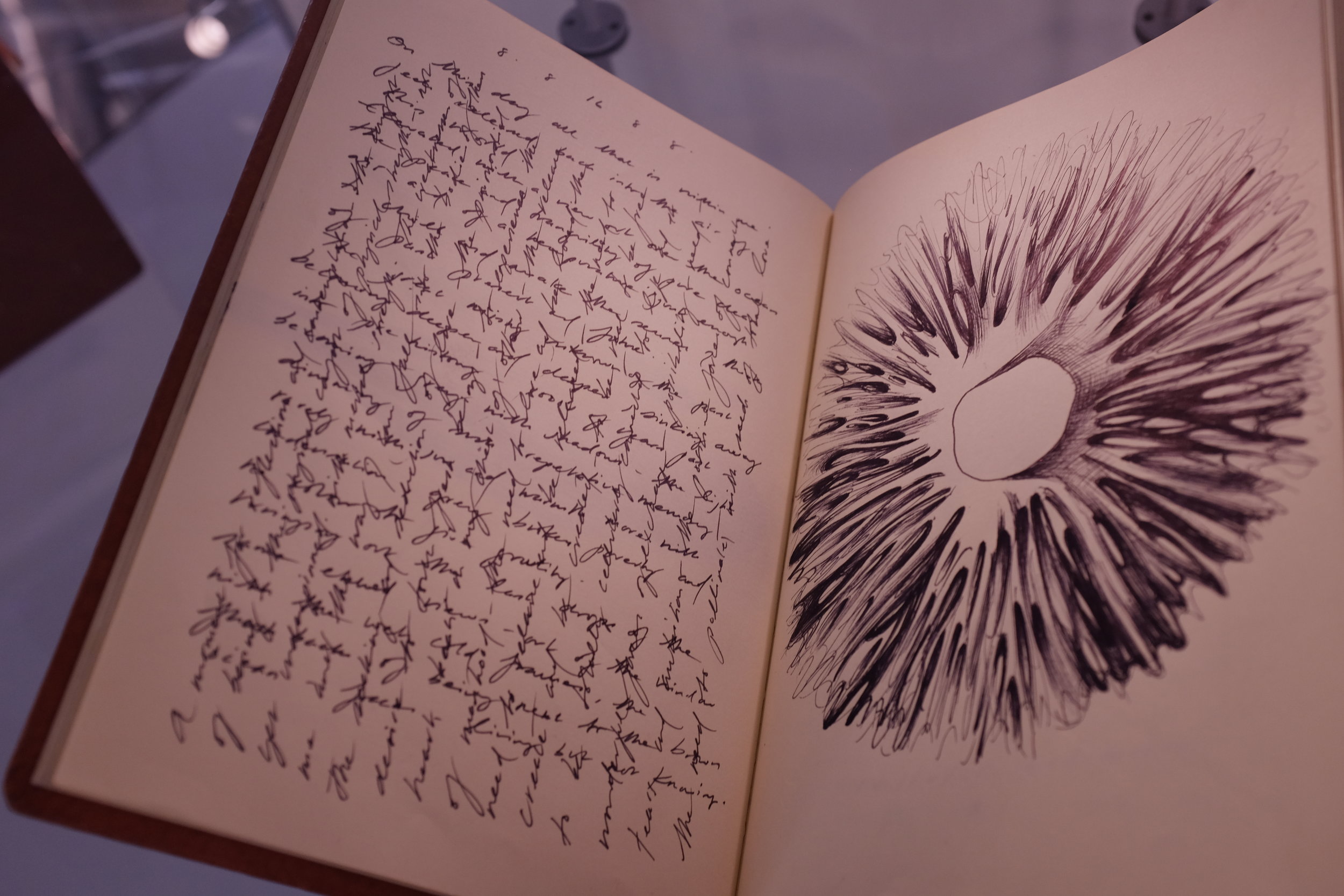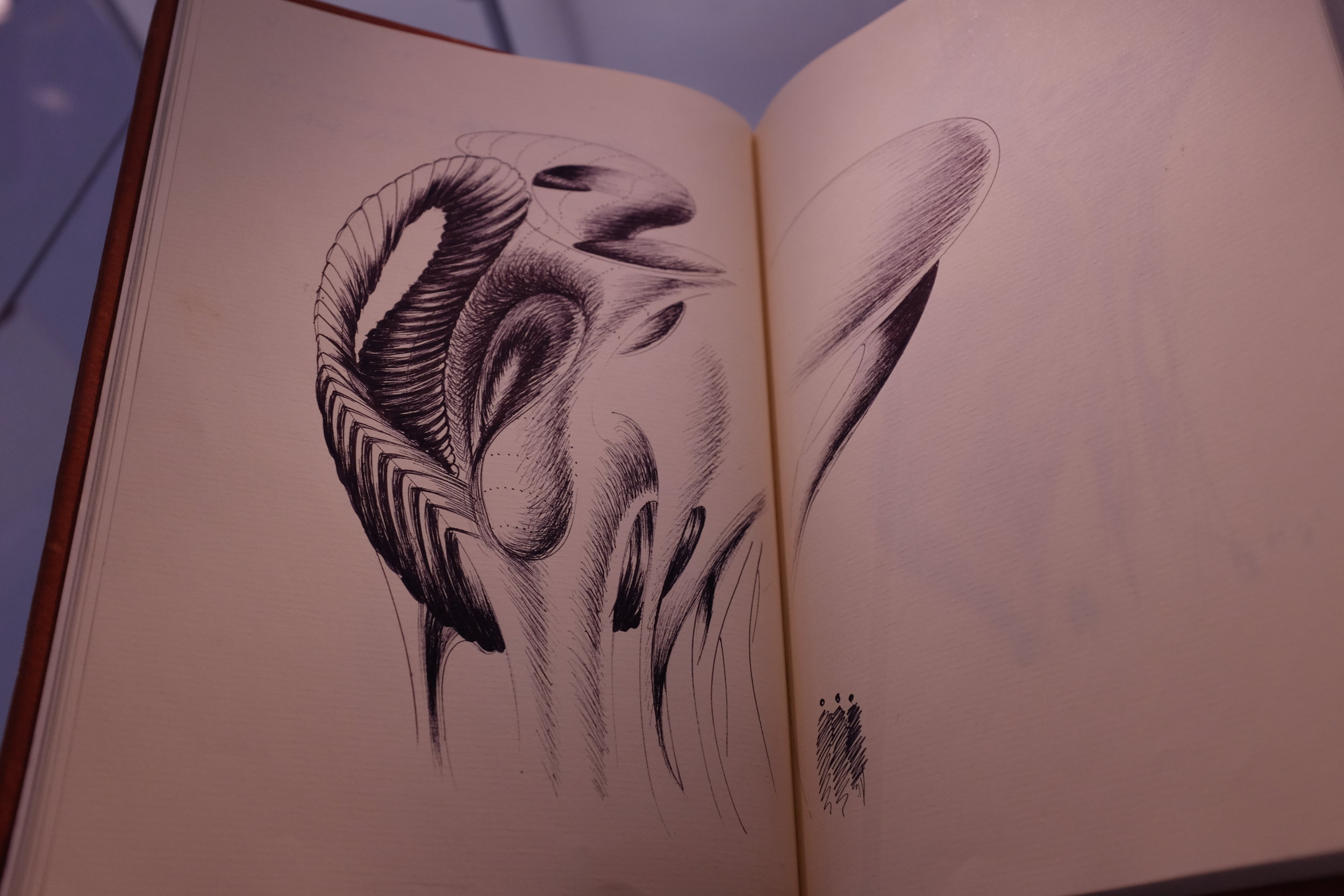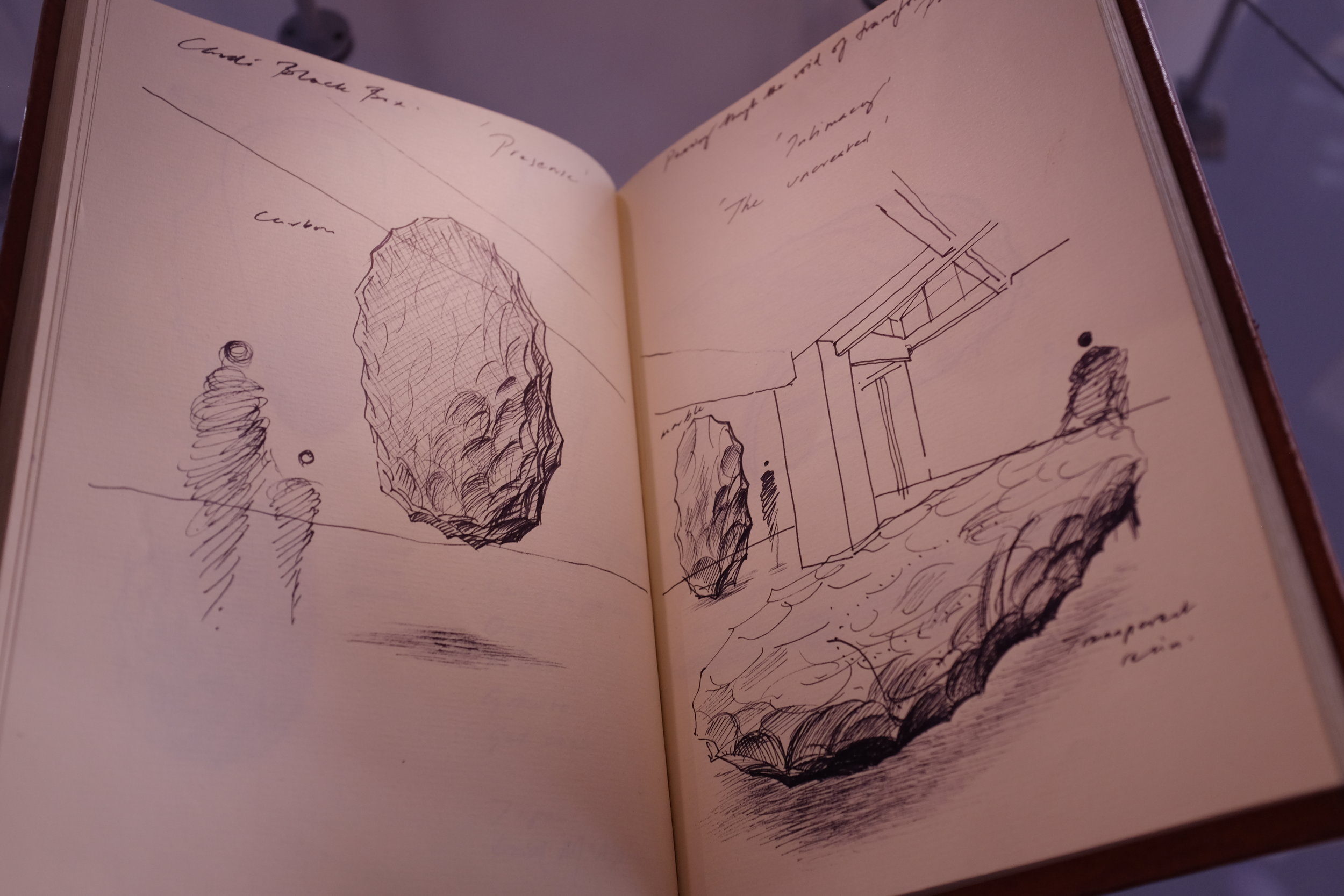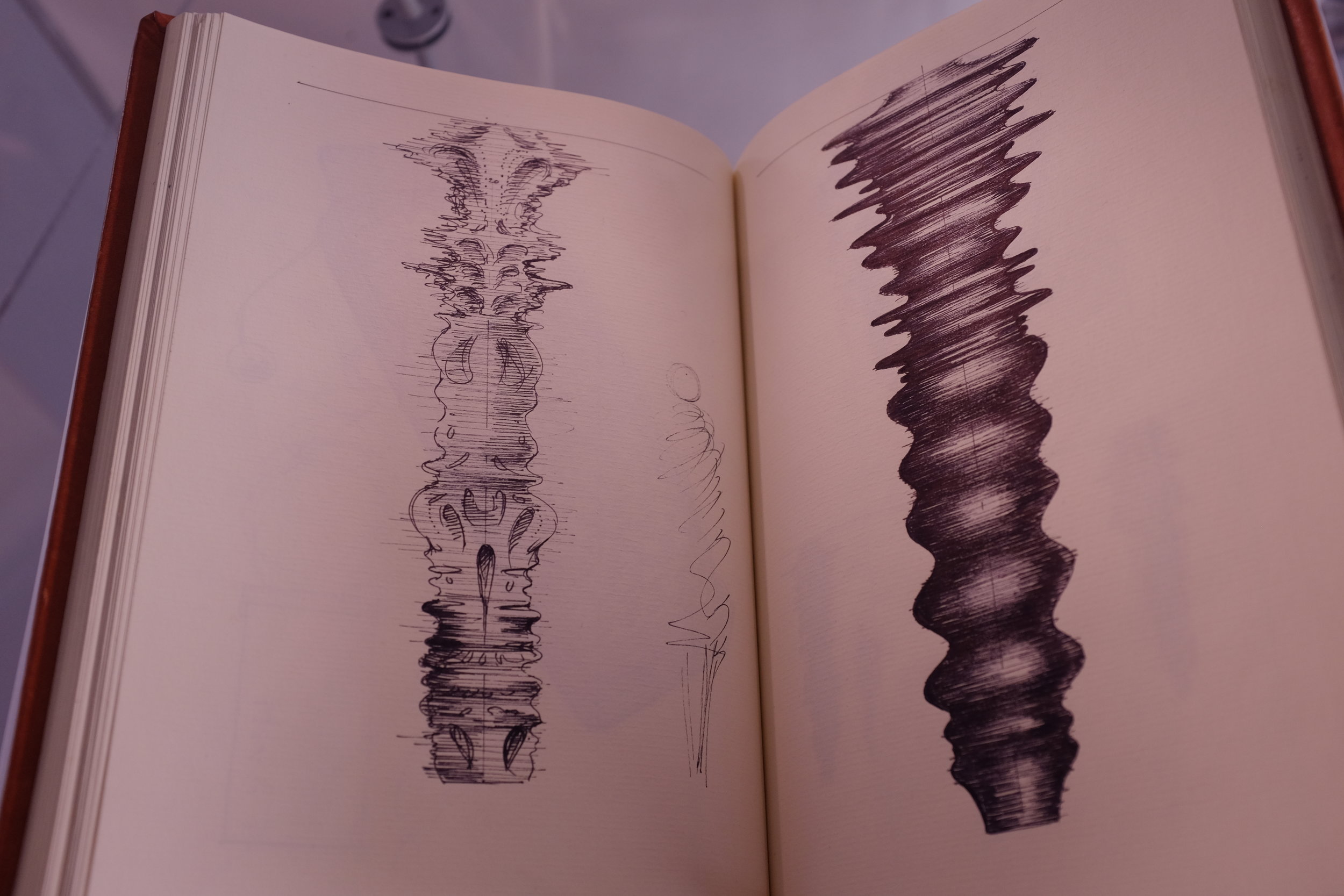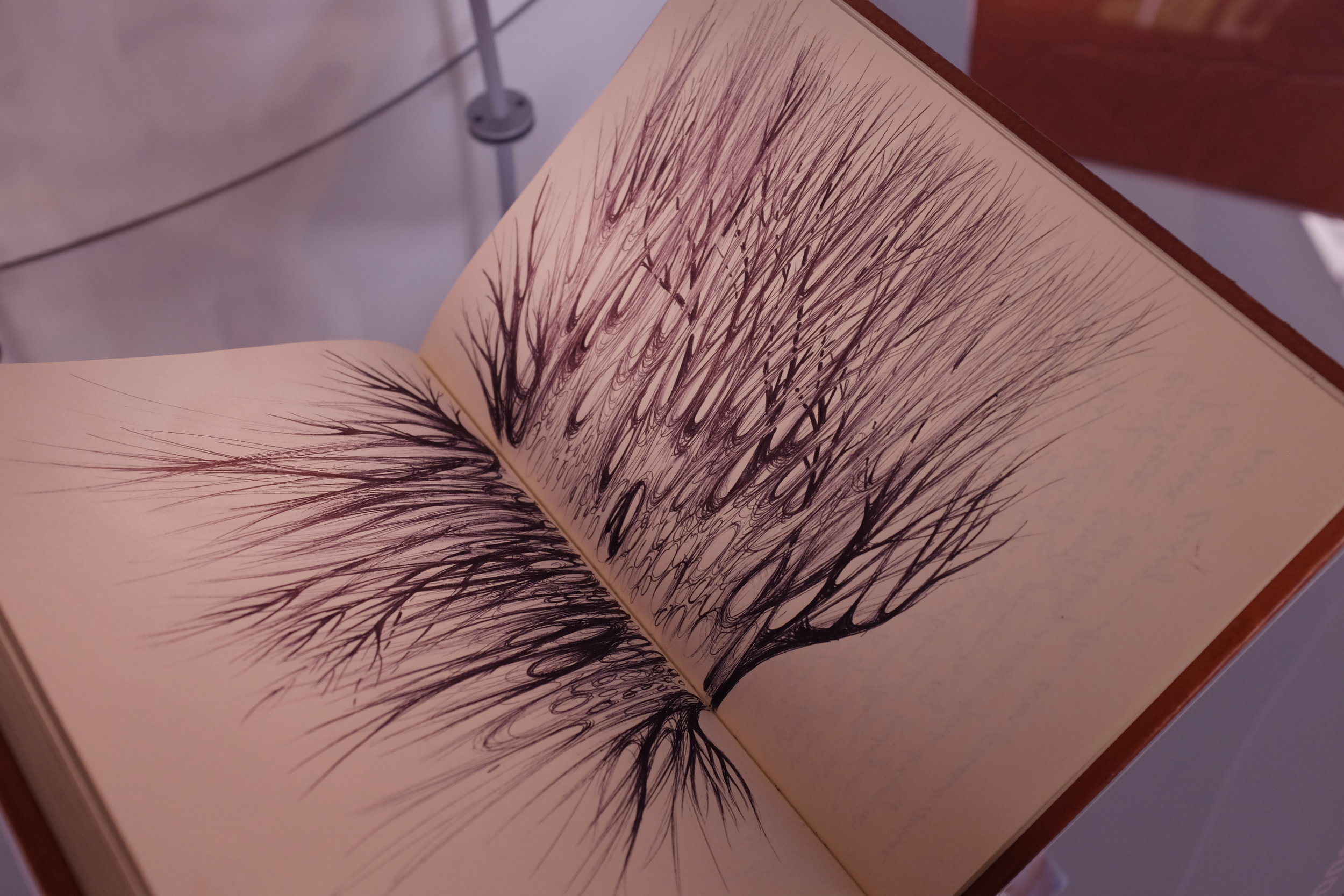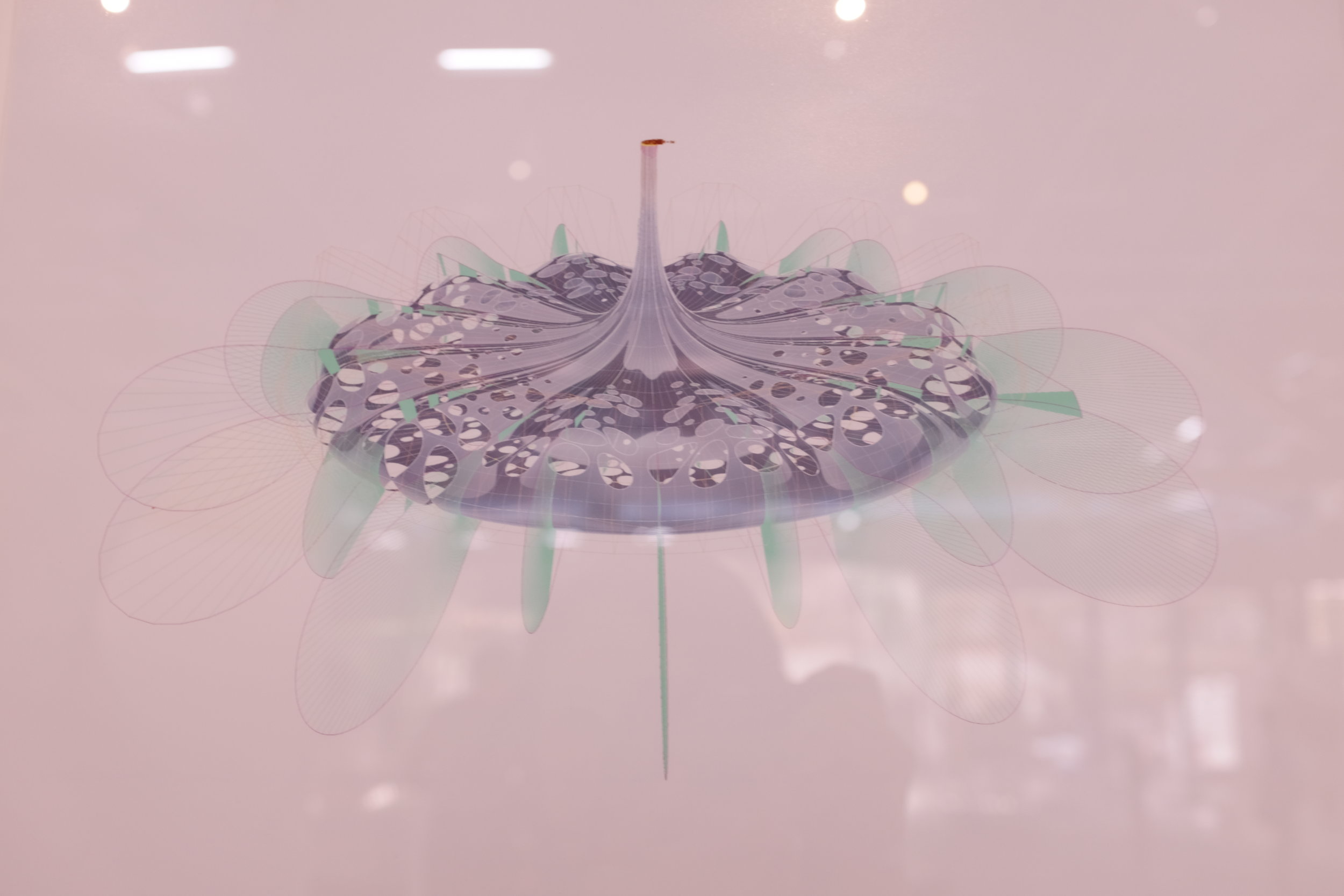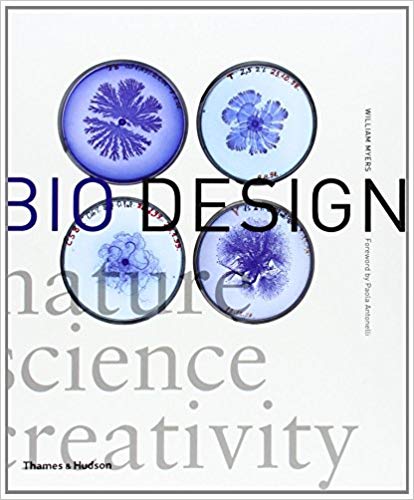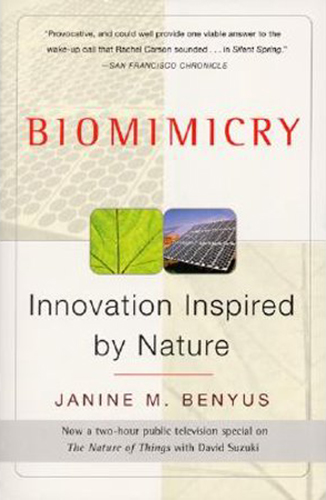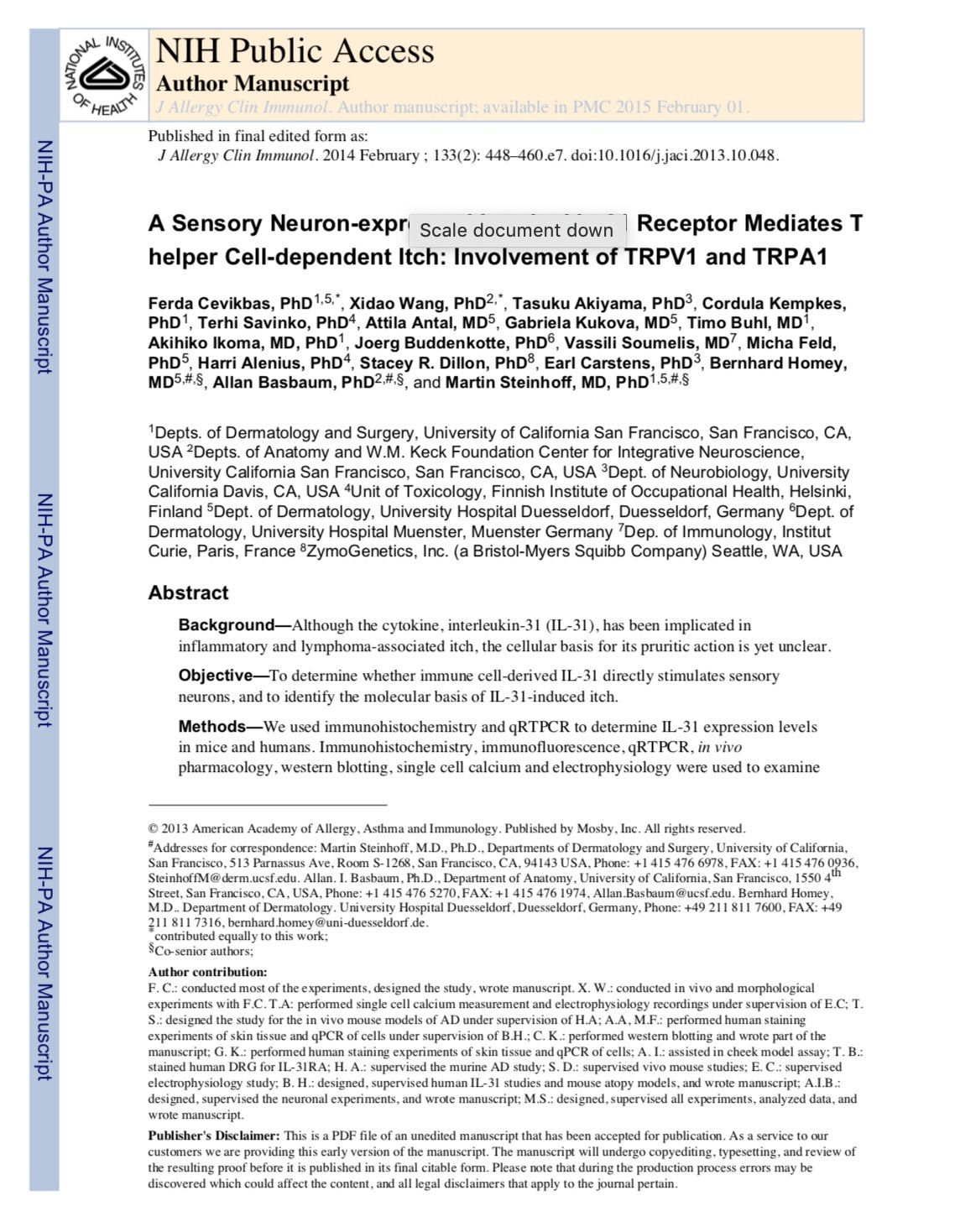A Definitive Guide to Exploring
Traditional Chinese Medicine
REDUCE YOuR STRESS with XiAo YAO SAN Traditional Chinese medicine (TCM) FORMULA
This decoction contains eight commonly used herbs (Bupleurum root, Chinese angelica root, white peony root, Poria, bighead atractylodes rhizome, roasted ginger, prepared licorice root, menthol, and peppermint) that have been prescribed for the treatment of various mental disorders like stress and depression for centuries in China (source).
Watch a documentary on how 9000 needles helped A QUADRIPLEGIC PARTIALLY RECOVER
Before his stroke, Devin Dearth was a competitive bodybuilder, businessman, husband, and father to three children. After losing over 70% of his mobility, he and his family would travel to one of China’s most renowned acupuncture medical clinics for a combination of Western and Eastern medical treatments. He has since passed in 2014 due to complications, but the story still rings true for the potential of acupuncture, the power of a determination to thrive, and value of love from family.
9000 Needles Full Documentary via Youtube
learn more about TCM in the EASTERn AND WESTERN PERSPEctive
The Web that has no Weaver is one of those books on every aspiring acupuncturist to-read list. It does a pretty good job of demystifying Chinese medicine in a way that can be understood by a casual reader. The Spark in the Machine is my personal favorite — it breaks down the fundamentals taught in pre-medical studies in both biomedical and TCM terms — it’s like a walk down UCI memory lane except lined with energetic pathways and temples for spirituality lessons.
Peer-ReviewED Clinical research On HOW ACUPUNCTURE eases pain via stem-cell release
This is a cool study on the biological mechanism behind acupuncture besides endorphin release. A key finding was that neurostimulation with electroacupuncture at specific immune points causes the release of mesenchymal stem cells (MSCs) into the bloodstream for injury-induced pain relief and tissue regeneration. MSC’s are adult stem cells found mainly in the bone marrow that can turn into various tissue types in the body.
Try A FREE or DiSCOUNTED Acupuncture TREATMENT at a local TCM SCHOOL
Depending on how many people you can endure peeking and poking at you, it’s truly not that bad. But in all seriousness, dozens of accredited acupuncture schools are available that can provide both an educational and healing experience for those of us on a shoestring budget or just want to give acupuncture a test run. And you know that Chinese mom in you loves a discount.
FOR ADDITIONAL TREATMENTS, CHECK TO SEE IF YOUR HEALTH INSURANCE PROVIDER COVERS IT
Since the inclusion of acupuncture as an Essential Healthcare Benefit under "Obamacare", over fifty-four million Americans have received acupuncture in 2014 alone (source). I’m not entirely sure what coverage looks like now as researchers have found insurers rarely covered some potentially helpful non-opioid treatments for individuals suffering from lower back pain. While almost all covered physical therapy, coverage varied dramatically, with some plans paying only for a couple of sessions (source).
For the extra measure, get marathon-ready with an Integrative Sports Medicine Practitioner
The founder and lead practitioner, Dr. Frank He, has taught his integrative sports medicine approach, Muscle Channel Technique (MCT) and Subcutaneous Electrical Nerve Stimulation (SENS), to orthopedic surgeons throughout Europe, and also pairs diagnosis with the use of X-rays and various other labs. Since his move to the U.S., Frank has been lecturing in states to licensed acupuncturists and other health care professionals.

